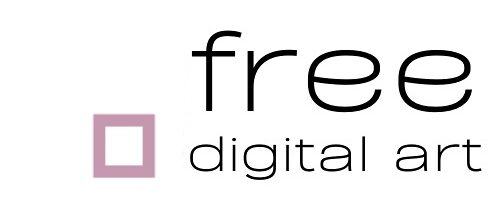Colors are not just visual phenomena; they have the power to influence our emotions, perceptions, and behaviors. Among the vast spectrum of colors, red, blue, and green stand out as three of the most influential and widely used. In this analysis, we will delve deep into the psychological impact of these key colors, exploring how each affects the human psyche and behavior. Additionally, we will examine examples of wallpapers featuring red, blue, and green, providing insights into their effects on mood and perception, both in floral and abstract designs.

The Power of Red
Red is a color that commands attention. It’s associated with strong emotions such as passion, energy, and excitement. Physiologically, red has been shown to increase heart rate and blood pressure, making it a color that elicits a physical response. In terms of behavior, red can evoke a sense of urgency and action, which is why it’s often used in contexts where immediate attention is needed, such as warning signs and clearance sales.
In wallpaper design, red can be used to create a focal point or add a sense of drama to a space. A wallpaper featuring bold red flowers against a contrasting background can create a vibrant and dynamic atmosphere, while an abstract design with swirling red patterns can evoke feelings of intensity and movement.
The Serenity of Blue
Blue is often associated with qualities such as calmness, tranquility, and stability. It’s a color that promotes relaxation and has been shown to have a calming effect on the mind and body. Psychologically, blue is known to reduce stress and anxiety, making it an ideal choice for environments where a sense of peace and serenity is desired, such as bedrooms and meditation spaces.
In wallpaper design, blue can create a sense of depth and space, making a room feel larger and more expansive. A wallpaper featuring delicate blue flowers against a soft, muted background can evoke a feeling of serenity and tranquility, while an abstract design with shades of blue can create a sense of depth and mystery.
The Harmony of Green
Green is the color of nature, symbolizing growth, harmony, and renewal. It’s a color that is often associated with feelings of balance and stability. Psychologically, green has been shown to have a calming and restorative effect, making it a popular choice for environments where relaxation and rejuvenation are priorities, such as spas and healing centers.
In wallpaper design, green can bring a sense of freshness and vitality to a space. A wallpaper featuring lush green foliage against a neutral background can create a soothing and rejuvenating atmosphere, while an abstract design with shades of green can evoke a sense of harmony and balance.
Examples of Wallpaper Designs
- Red Floral Wallpaper: This wallpaper features bold red roses against a black background. The vibrant red flowers command attention and create a dramatic focal point. The contrast between the red flowers and the dark background adds a sense of intensity and depth to the design, making it perfect for spaces where a touch of drama is desired.
- Blue Abstract Wallpaper: This wallpaper features swirling blue patterns against a white background. The soothing blue tones evoke a sense of calmness and tranquility, making it ideal for relaxations. The abstract patterns add visual interest and movement to the design, creating a dynamic yet serene atmosphere.
- Green Floral Wallpaper: This wallpaper features lush green leaves against a light green background. The fresh green hues bring a sense of vitality and renewal to the space, while the delicate floral pattern adds a touch of elegance and sophistication. The overall effect is one of harmony and balance, making it perfect for spaces where a sense of serenity is desired.

In conclusion, the colors red, blue, and green each have unique psychological effects on the human psyche and behavior. Whether used individually or in combination, these colors have the power to influence mood, perception, and emotional response. By understanding the psychological impact of these key colors, designers can create wallpaper designs that evoke the desired atmosphere and enhance the overall aesthetic of a space.
